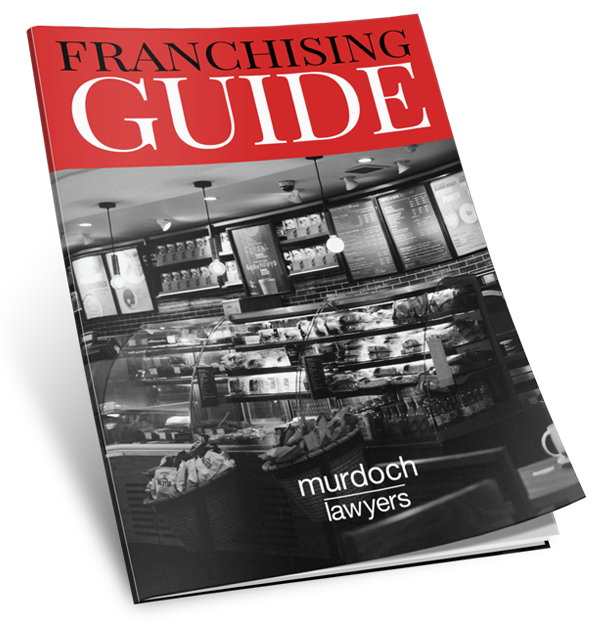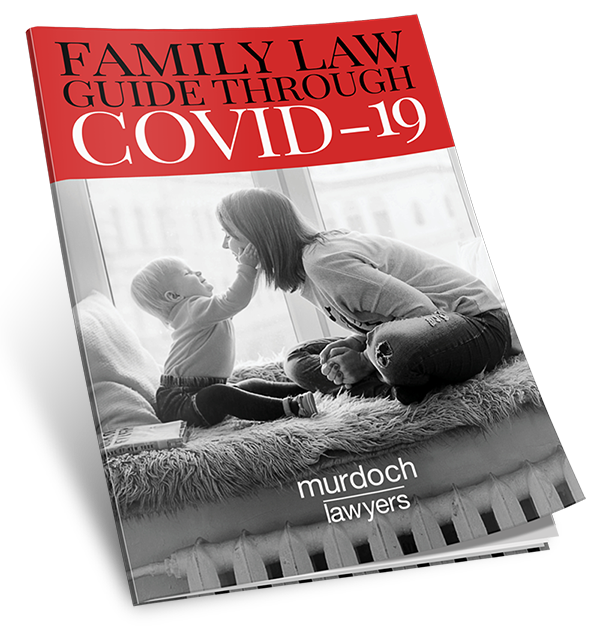
The Building and Construction General On-Site Award 2010 (Award) covers most employees in the building, engineering and civil construction industry who work on-site, unless an enterprise agreement applies or the employee is outside coverage.
The Award is 144 pages long and has about 97 allowances.
If an employer fails to pay employees correctly, or otherwise breaches the Award, it will be in breach of the Fair Work Act 2009. Significant penalties apply. For a serious contravention by a company, the maximum penalty is currently $630,000. Anyone knowingly involved in a serious contravention may also be held personally liable for a maximum of $126,000.
The Award requires employers and employees to agree on certain things. While an oral agreement may suffice, what an employer says and what an employee remembers may not be the same thing. To avoid uncertainty, minimise the chance of dispute, and ensure you meet your legal obligations, you should reduce negotiations to a written employment agreement.
When reaching an agreement, employers should consider the following minimum requirements.
- Type of Employment
Under the Award, an employee may be engaged either as a:
- Daily hire – which allows either party to terminate employment at one day’s notice and includes a follow the job loading;
- Weekly hire, either full-time or part-time:
- a full-time employee works an average of 38 ordinary hours per week; and
- a part-time employee works an average of fewer than 38 ordinary hours per week with reasonably predictable hours; and
- Casual – a casual employee is entitled to be paid for a minimum of 4 hours per engagement and must be paid a casual loading of 25% for ordinary hours to compensate for entitlements including leave, notice of termination and redundancy benefits.
- Wages
To calculate the employee’s base rate of pay, an employer must establish the correct classification under the Award, depending on the work performed and machinery used (if any).
The classification will determine the minimum weekly and hourly rate of pay to which certain allowances will be added.
Allowances have the following frameworks:
- All purpose allowance – this forms part of the base rate (e.g. industry allowance);
- Special allowance – for certain types of work. Generally one special allowance will apply at any point in time. However where there is more than one, generally the highest will apply (e.g. hot work); and
- General allowance – multiple general allowances may apply at any one time (e.g. First Aid Officer and leading hand).
Annual leave will be determined under the Award by establishing the amount the employee would have received for working ordinary time hours if the employee had not been on leave. This differs from the NES under the Fair Work Act 2009, which relies on base rate of pay, which may not include allowances.
The calculation for annual leave loading is based on a different rate than the calculation for annual leave. An annual leave loading of 17.5% will be calculated based on certain rates, loadings and allowances that would have been paid to the employee had the employee worked ordinary time hours.
- Ordinary hours of work
The Award requires employers to operate a 4 week roster in which employees work for 8 hours each day for 19 days, with the 20th day taken as a paid day off (RDO).
If the nature of your operation means this arrangement is not practical, you can reach agreement with a majority of employees to work 7.6 hours per day to avoid this requirement.




